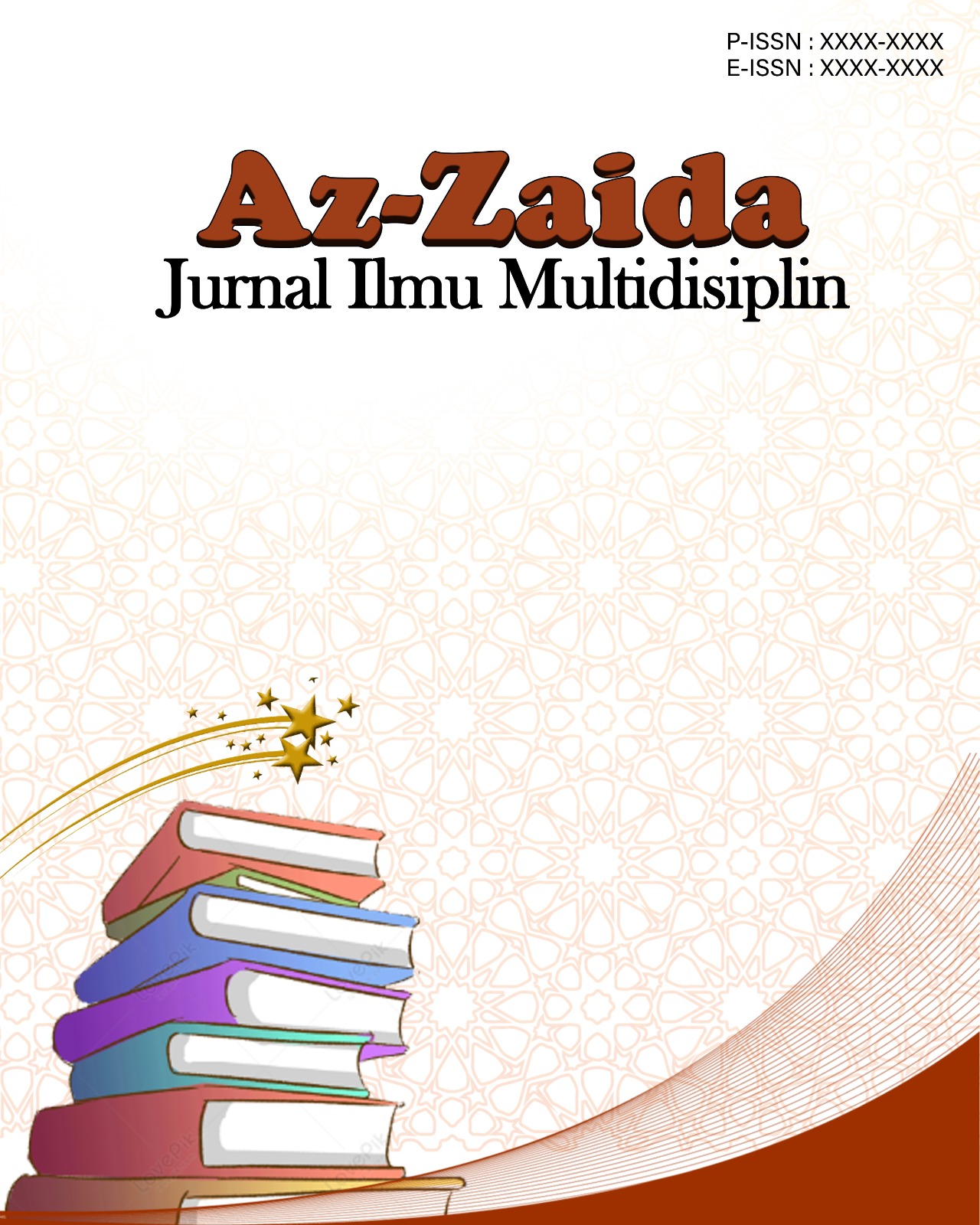A Systematic Literature Review on Waqf-Driven Youth Empowerment for Sustainable Islamic Economic Development
Keywords:
Waqf, Youth Empowerment, Islamic Economic Development, Sustainable Development, Systematic Literature ReviewAbstract
The objective of this research is to synthesize existing literature pertaining to the function of waqf in the empowerment of youth, with the intention of bolstering sustainable Islamic economic development. The methodology employed is a Systematic Literature Review (SLR) that adheres to the PRISMA 2020 framework and the guidelines established by Kitchenham. Comprehensive searches for articles were performed across both international databases (Scopus, WoS, ScienceDirect, Emerald, SpringerLink, Taylor & Francis) and national databases (SINTA and Garuda) over a temporal scope spanning from 2010 to 2025. Among a total of 1,275 articles identified, 75 articles satisfied the inclusion criteria and were subjected to analysis via a bibliometric approach employing VOSViewer, in conjunction with thematic analysis. The findings indicate that the predominant waqf models employed for the empowerment of youth are cash waqf, micro waqf, and digital waqf. The principal factors that facilitate youth engagement encompass religiosity, sharia financial literacy, and trust in waqf institutions and digital platforms, whereas inhibiting factors comprise inadequate waqf literacy, limited capacity of nazhir, and regulatory frameworks that have yet to adapt to digital innovations. The influence of waqf on youth is evidenced by enhanced financial inclusion, job creation, and the fortification of human capital through the development of waqf-related skills. This research makes a theoretical contribution to the body of literature on Islamic social finance by substantiating the role of waqf as a pivotal instrument for the empowerment of the younger generation. Practically, these findings offer recommendations for sharia waqf and fintech institutions to innovate youth-oriented waqf-based digital products. From a policy perspective, the study underscores the necessity for productive waqf regulations that promote youth participation in the pursuit of sustainable development goals (SDGs).
References
Alimusa, L. O., Sukmana, R., Ratnasari, R. T., Machfud, S., & Latif, S. D. H. (2025). Determinants of online cash waqf behavioural intentions for micro enterprises financing: The case of Indonesian Muslim youth. Journal of Islamic Marketing, 16(6), 1623–1649. https://doi.org/10.1108/JIMA-06-2023-0166
Alshater, M. M., Hassan, M. K., Rashid, M., & Hasan, R. (2022). A bibliometric review of the Waqf literature. Eurasian Economic Review, 12(2), 213–239. https://doi.org/10.1007/s40822-021-00183-4
Fuadi, N. F. Z. (2018). Wakaf sebagai instrumen ekonomi pembangunan islam. Economica: Jurnal Ekonomi Islam, 9(1), 151–177. https://doi.org/10.21580/economica.2018.9.1.2711
Huda,M., Supriyadi,A.P., & Ramadhita. (2025). Productive waqf law reform: A solution to support indonesian local economy amid contemporary global recession. MILRev: Metro Islamic Law Review, 4(1), 319–359. https://doi.org/10.32332/milrev.v4i2.10210
Jatmiko, W., Haidlir, B. M., Azizon, A., Laksmono, B. S., & Kasri, R. (2024). Intergenerational analysis of cash waqf behavior: Lessons learned from Indonesia. Journal of Islamic Accounting and Business Research, 15(4), 590–618. https://doi.org/10.1108/JIABR-03-2022-0086
Juliana, J., Ismail, S., Utami, S. A., Rohmana, Y., & Marlina, R. (2024). Factors affecting students’ intention to donate cash waqf: The mediating role of literacy in indonesia. ISRA International Journal of Islamic Finance, 16(S1), 46–70. https://doi.org/10.55188/ijif.v16iS1.552
Kasdi,A.(2014). Model Pemberdayaan Wakaf Produktif Di Indonesia. ZISWAF : Jurnal Zakat dan Wakaf.Vol1.No.1.2014.108-122. https://journal.iainkudus.ac.id/index.php/Ziswaf/article/view/1528/1399
Madani,R.I.,Nurhidayati,N.,Thomafy,K.(2024). Examining The Potential of Cash Waqf and Development Model. Munazzama : Journal of Islamic Management and Pilgrimage. Vol. 4(2), December 2024,83-103. https://journal.walisongo.ac.id/index.php/munazzama/article/view/18557
Mahat, M. A., Jaaffar, M. Y., & Rasool, M. S. A. (2015). Potential of micro-waqf as an inclusive strategy for development of a nation. Procedia Economics and Finance, 31, 294–302. https://doi.org/10.1016/S2212-5671(15)01193-4
Masrizal, Huda,N.,Harahap,A.,Trianto,B.,Sabiu,T.T.(2023). Investigating The Determinants Of Cash Waqf Intention: An Insight From Muslims In Indonesia. Journal of Islamic Monetary Economics and Finance, Vol. 9, No. 1 (2023), pp. 17 – 38. https://distantreader.org/stacks/journals/jimf/jimf-1607.pdf
Nugroho, R. Y. Y., Adiyanto, M. R., & Idialis, A. R. (2022). Does the role of micro waqf bank affect the economy of young mothers in the village? European Journal of Business and Management Research, 7(3), 124–132. https://doi.org/10.24018/ejbmr.2022.7.3.1398
Pramono, N. H., Merlina, M., & Astuti, W. (2019). Cerdas bersama wakaf (Cb wakaf)”: Strategi dan inovasi pengelolaan wakaf uang di era digital. Sains Manajemen, 5(2). https://doi.org/10.30656/sm.v5i2.1867
Rachmawati, A., Rofiqo, A., Mudi Awalia, F. T., & Aqidah, N. (2024). How aware is generation z of waqf? A quantitative study on maqashid among indonesian muslim students. Ulul Albab: Jurnal Studi dan Penelitian Hukum Islam, 8(1), 50. https://doi.org/10.30659/jua.v8i1.38478
Rusydiana, A., Sukmana, R., & Laila, N. (2021). Waqf on education: A bibliometric review based on scopus. Library Philosophy and Practice (e-journal). https://digitalcommons.unl.edu/libphilprac/5537






